Author Recent Posts Faiza Eiman Malik Latest posts by Faiza Eiman Malik (see all) Illegal Afghan Refugees and the Security Threat to Pakistan – September 19, 2025 Pakistan’s Disaster Preparedness and Deferred Resilience – September 10, 2025 Pakistan-US Oil Deal Redefines Diplomatic Relations – September 3, 2025
Pakistan’s 2025 climate crisis show that warnings and evacuations can save lives, but only prevention will be able to build resilience. The present climate crisis will be remembered as triple stress tests. There have been floods in Punjab, a heatwave in May and glacier lake outburst in the north. Sirens wailed across riverine districts and families were evacuated by boats and drones. Relief camps were available overnight. The government issued timely warnings and carried out mass evacuations which have prevented a catastrophic loss of lives which has happened in earlier years. Still underneath these measures there is a reality that needs to be seen and tackled with at its earliest. Despite all these actions people are still displaced and cities drown in rain. After observing all of the ongoing situation of Pakistan the question is will Pakistan be only investing in evacuations and get better at that, or now will it finally invest in preventing disasters themselves?
There has been overlapping crisis in Pakistan this year. Punjab has been facing riverine floods. The Sutlej, Chenab, and Ravi crossed high and exceptional levels. This has resulted in the drowning of farmland, villages and even cities. Embankments are breached as a flood control measure to redirect the water flow. According to official figures millions have been displaced in different regions of Pakistan including Sialkot, Narowal and Multan. Before all these flood crisis Pakistan had survived an extreme heatwave earlier this year in May. Temperatures reached above 50°C, especially in Sindh and Southern Punjab. This highlighted heatwave as a visible emergency which needs a structured response. The NDMA has issued alerts for potential GLOFs in Gilgit-Baltistan and Khyber Pakhtunkhwa. There is a threat of sudden outbursts that can wash away entire valleys. Floods, heatwave and GLOFs all in the single year highlights the seriousness of our climate crisis.
There has been visible improvement in disaster response. Authorities have issued timely warnings and coordinated with army for rapid deployment. The message alerts were sent to the flood prone areas. People are being rescued by boats. The drone surveillance has helped provincial governments to collect real-time data. Relief camps are also being better provisioned than before. Yet there are structural weaknesses uncovering the fact that evacuations are not enough. The government’s response is more of the temporary dealing rather than long term solutions to these disasters. There is little to no investment in prevention of this climate crisis. Urban drainage systems are clogged and outdated and deforestation in the north has resulted in accelerating landslides and floods. Infrastructure is rarely planned with these extremities in mind. The NDMA response seems to be reactive rather than proactive.
The imbalance between response and prevention is creating an illusion. People who are being evacuated will return to same those destroyed and damaged houses again. The loss to the agricultural land is massive. People’s livelihood is lost. Repeated displacements are only pushing people into urban slums. This will only increase our poverty rate. Children miss school for months, women are forced into unsafe shelters, and farmers lose not just one harvest but several due to damaged land and debt cycles. The current strategy is only focused in saving lives while the future of these people affected by the climate crisis remains blank. No doubt evacuations may prevent deaths, but this is not the permanent solution given the extremity of situation.
Critics may argue that Pakistan does not ability to build comprehensive resilience because of its economic situation. The truth is the effect of climate crisis is even more costly and draining. The climate crisis has erased billions from our GDP and reduced foreign investments. It has only increased poverty in Pakistan where the demand for subsidies and aid also increases. Therefore, there is a need of investment in long-term solutions as it is not luxury but the current necessity of our state. If the reactive strategy continues rather than proactive then we should be afraid of the times when we will have no time and no resources left to even have reactive response. Effective planning can open doors of climate financing from global funds which can turn Pakistan’s vulnerability into leverage for development.
The 2025 crisis has highlighted the strong immediate response and failure in resilience. Pakistan can shift its disaster management strategy from evacuation to prevention. Presently Pakistan needs to adapt climate situation into its national planning. From housing schemes to construction of roads, everything should be in compliance with climate resilience test. We need to invest more in forestation and wetlands, as they absorb flood waters and maintain the temperature. Pakistan also needs to redirect it financial resources investment. Billions spent on relief and rehab could be more favorable if spent on climate smart agriculture and resilient housing. Lastly, NDMA needs more autonomy and expertise along with funding. The reality is that we need to deal with the situation proactively. Pakistan must learn its lesson this time and start timely working on building resilience.
- Illegal Afghan Refugees and the Security Threat to Pakistan - September 19, 2025
- Pakistan’s Disaster Preparedness and Deferred Resilience - September 10, 2025
- Pakistan-US Oil Deal Redefines Diplomatic Relations - September 3, 2025


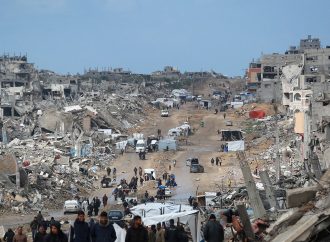

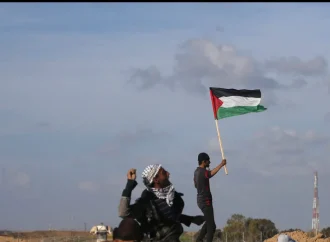
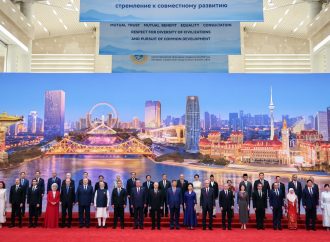

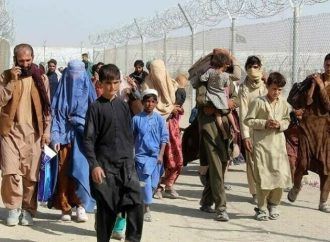

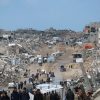








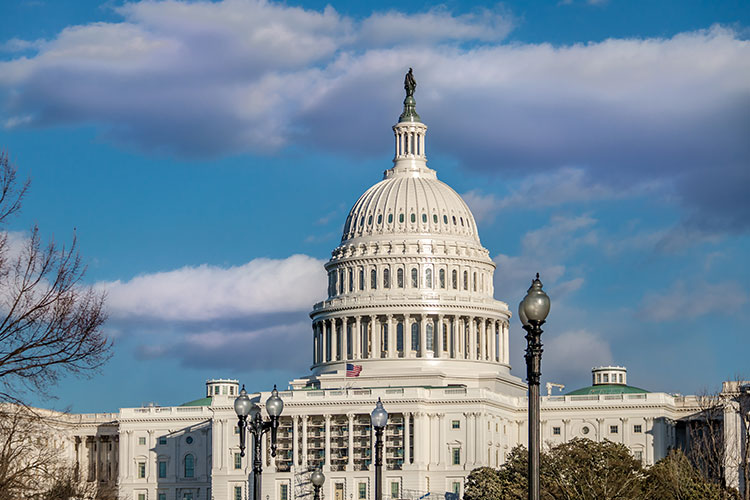

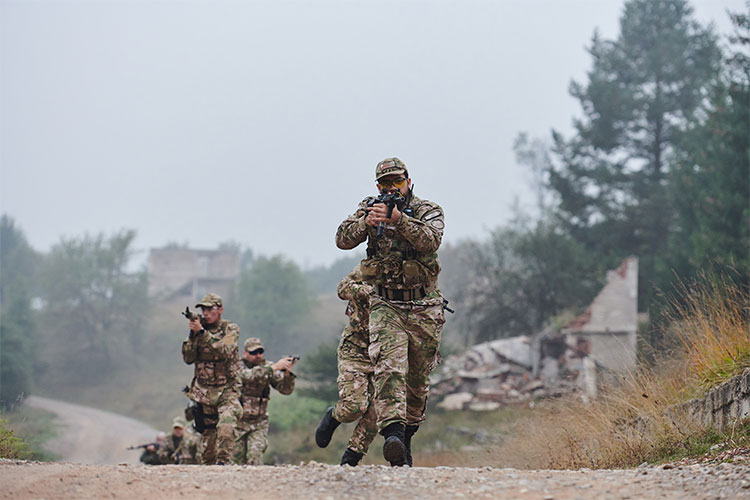

Leave a Comment
Your email address will not be published. Required fields are marked with *